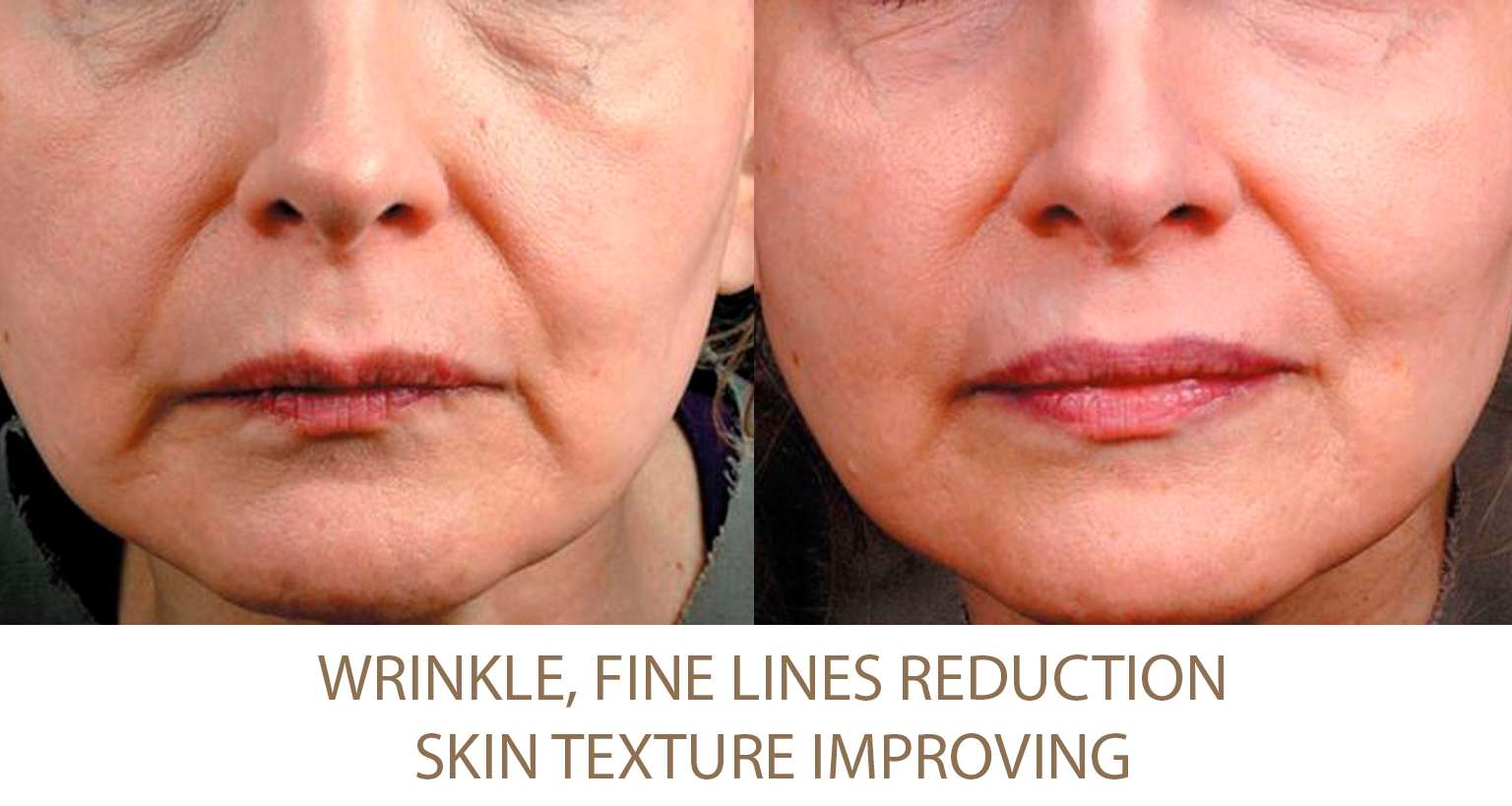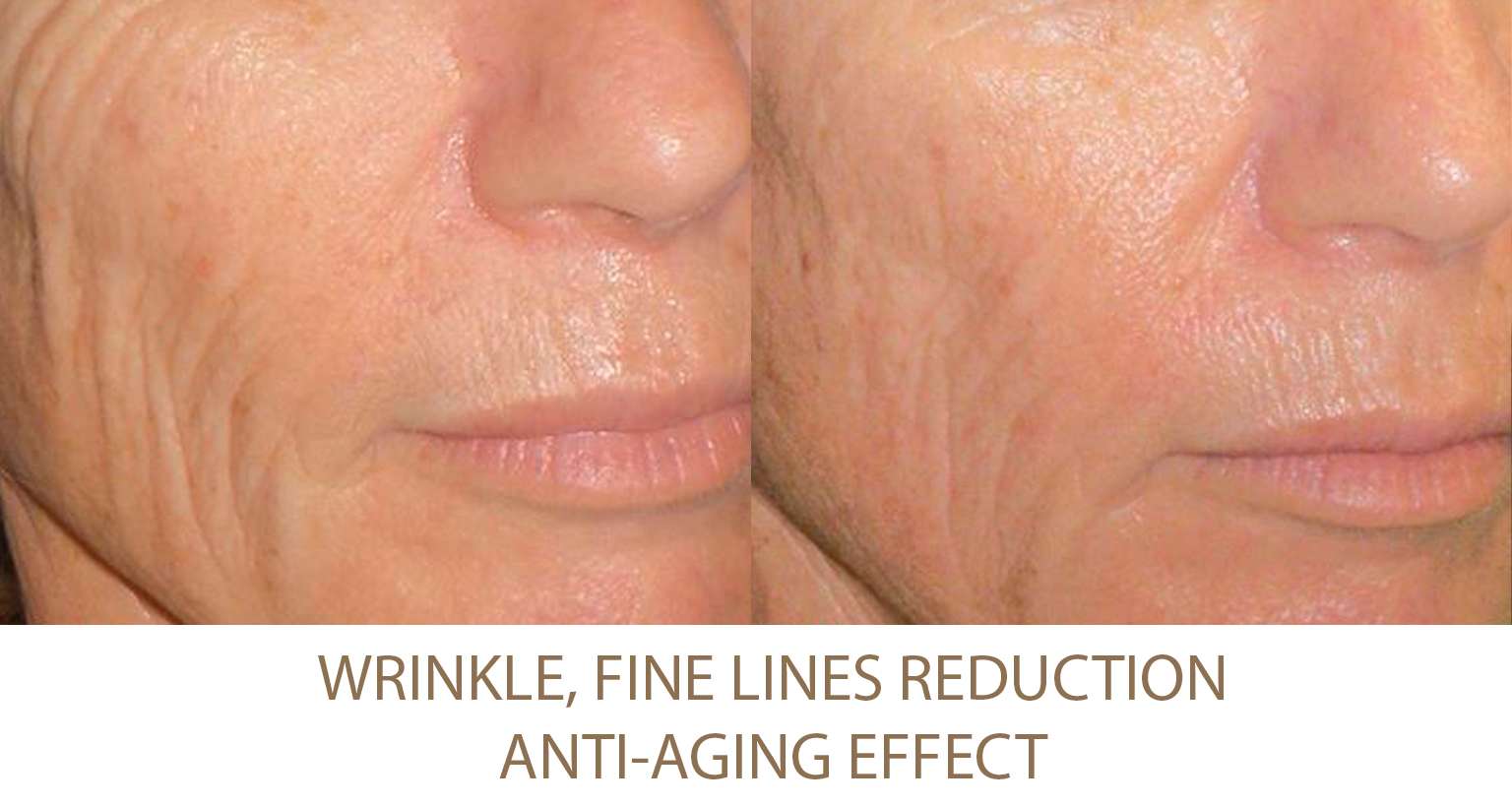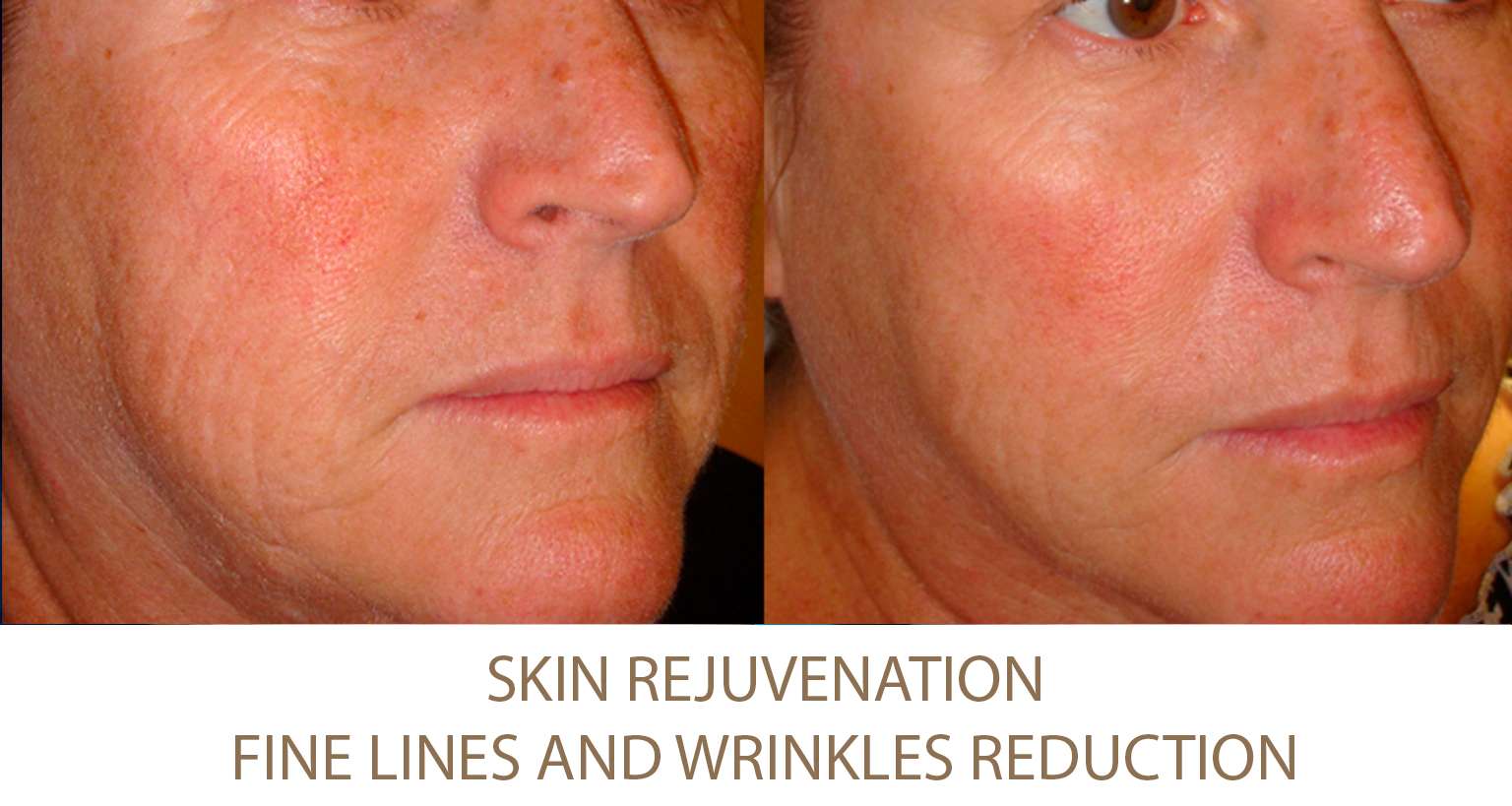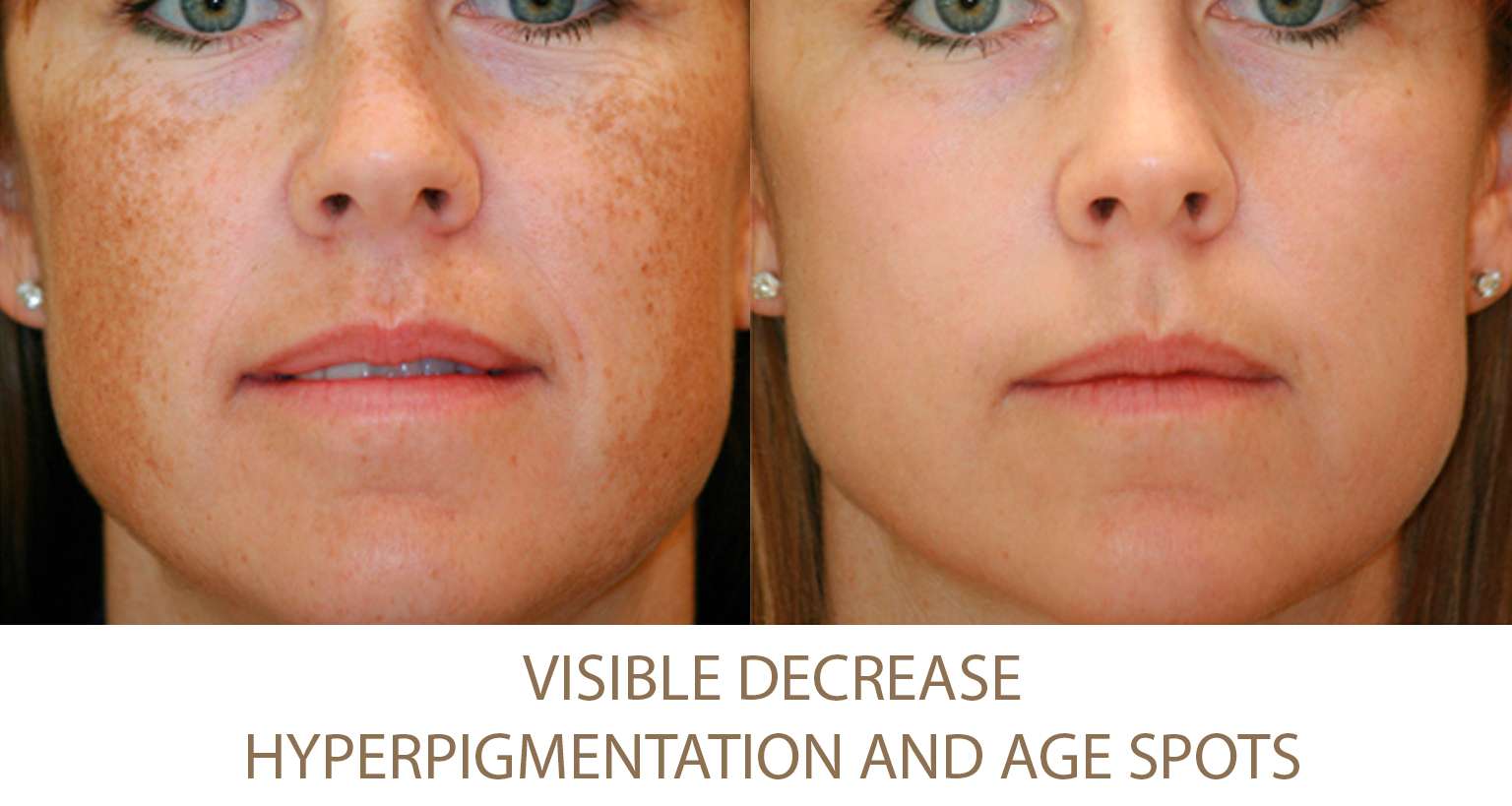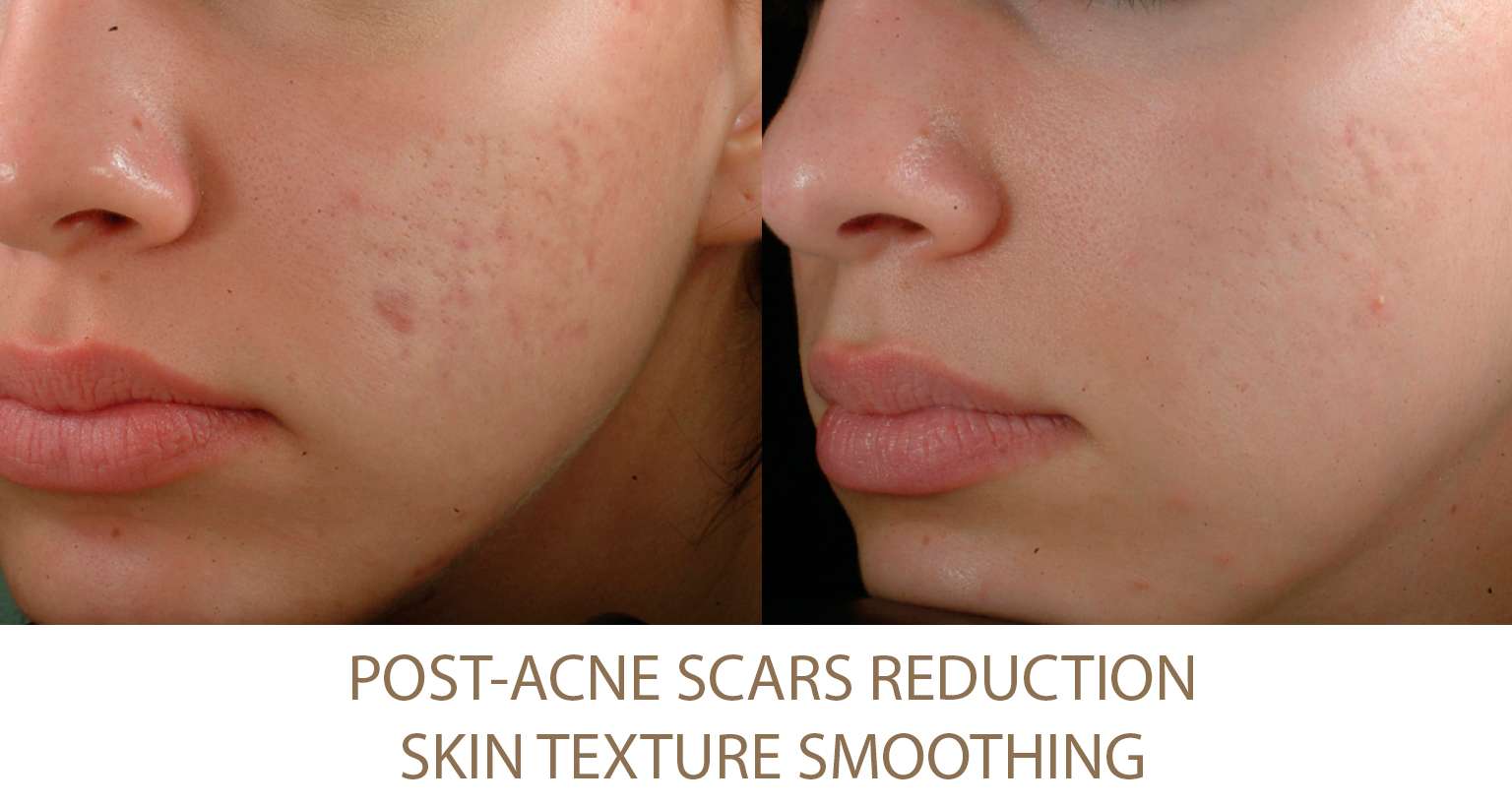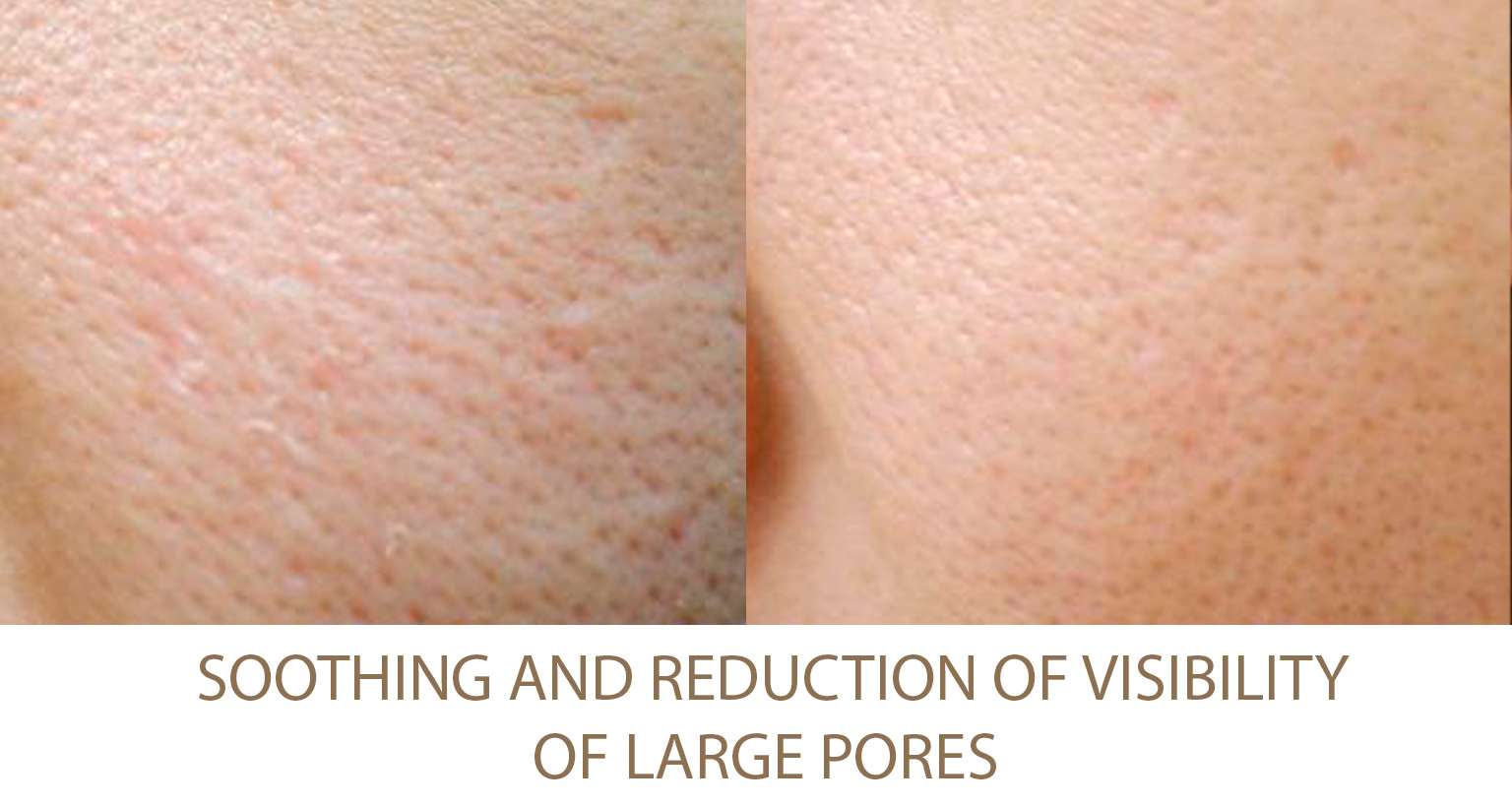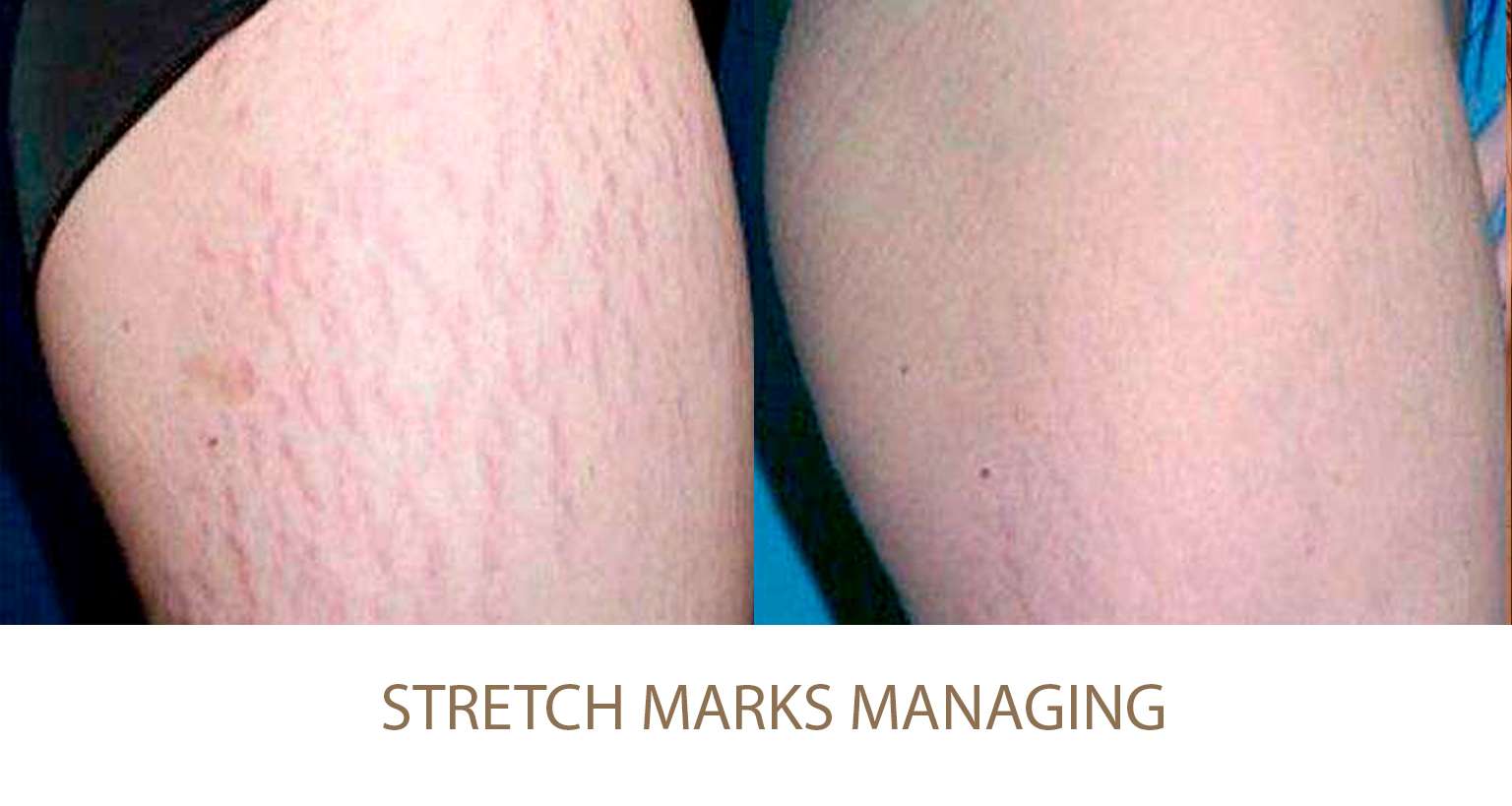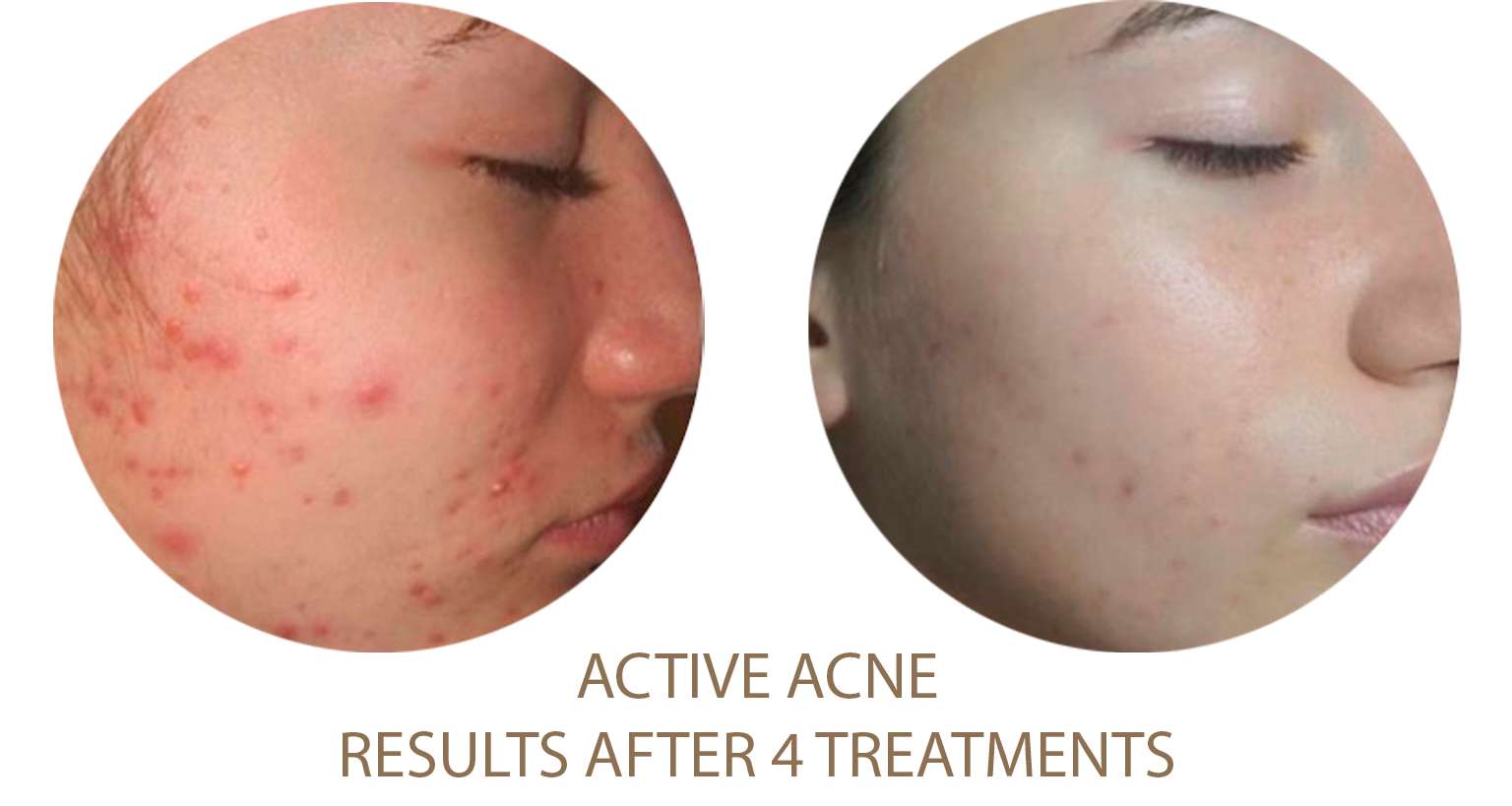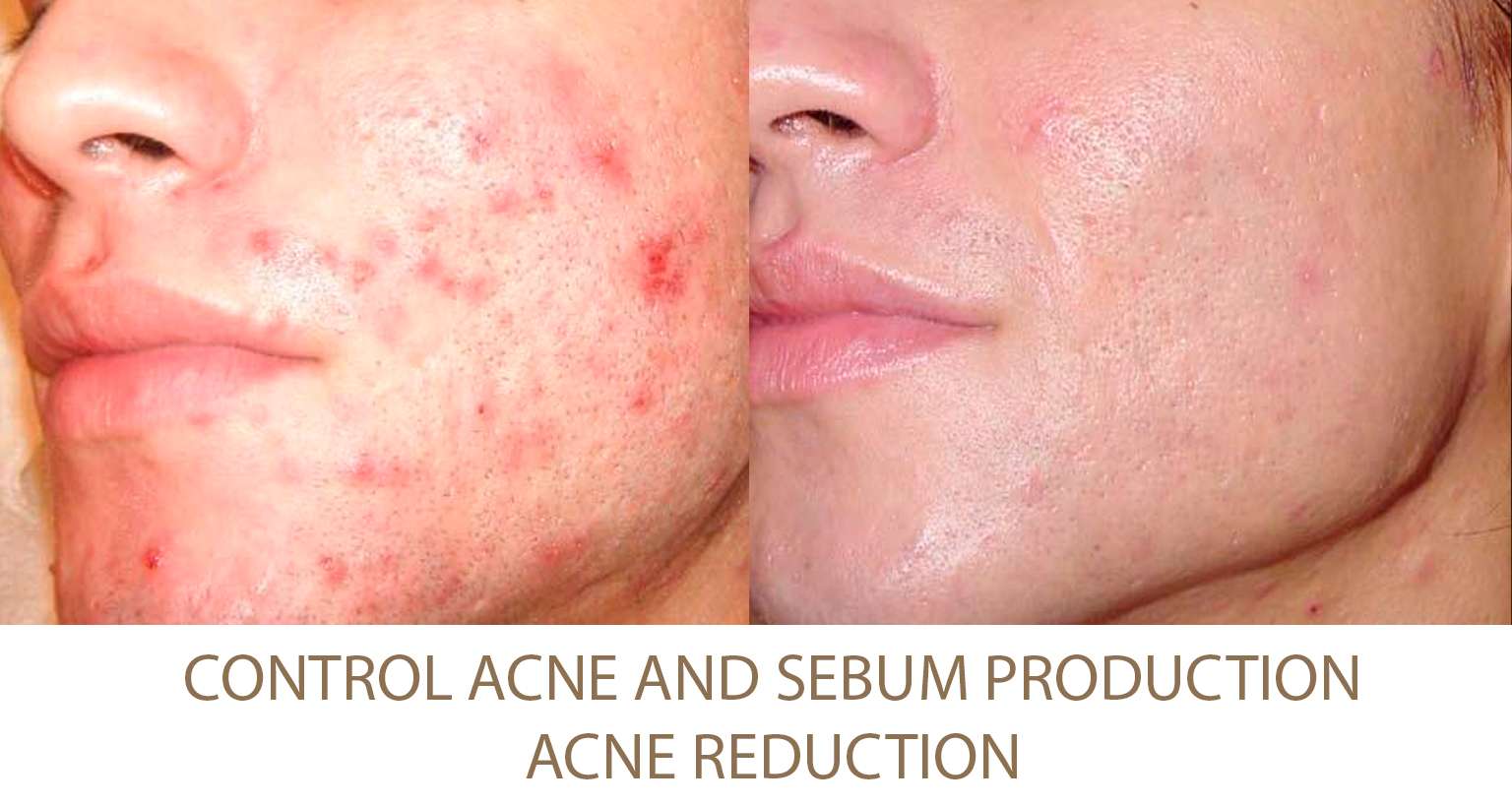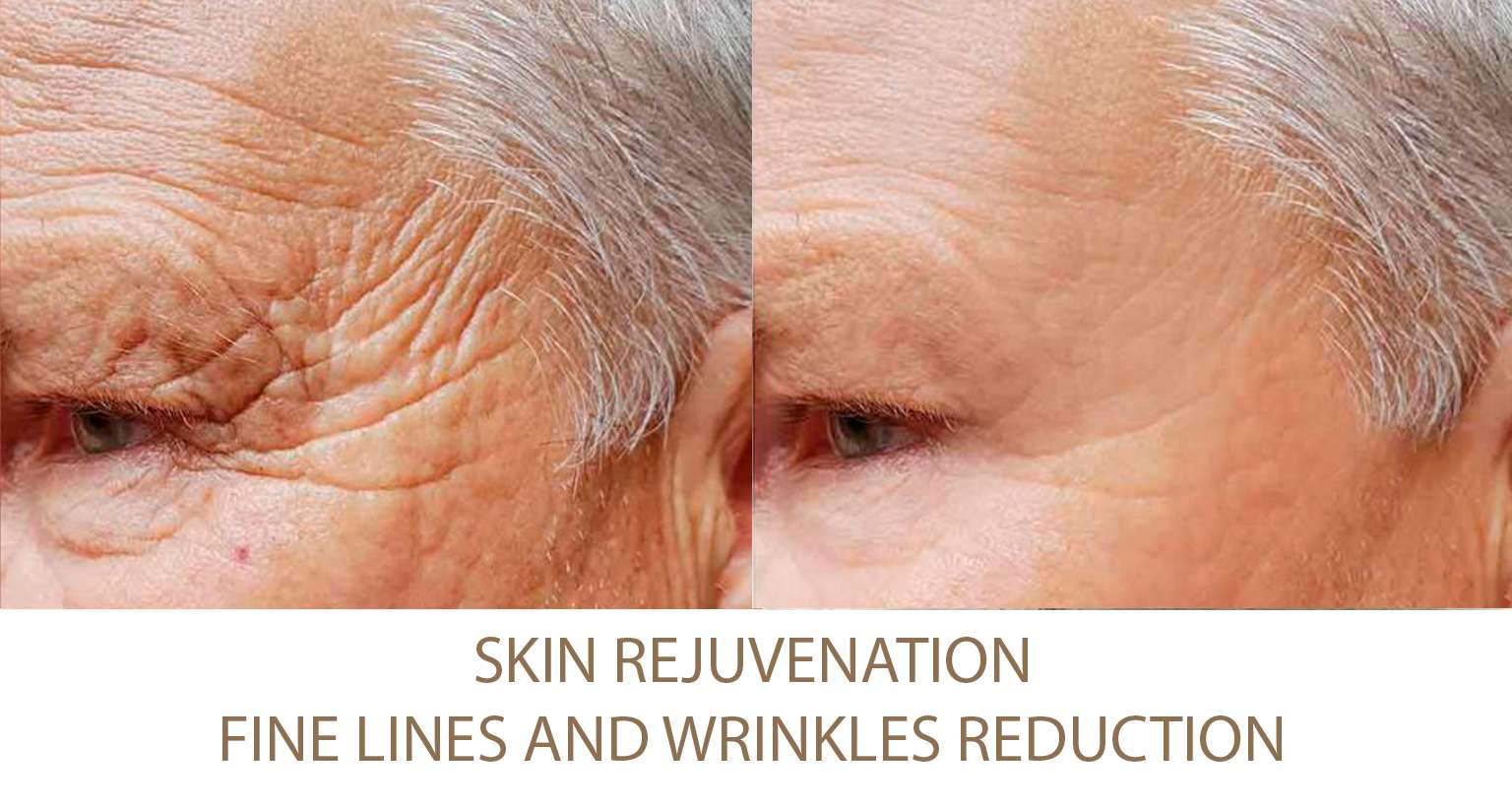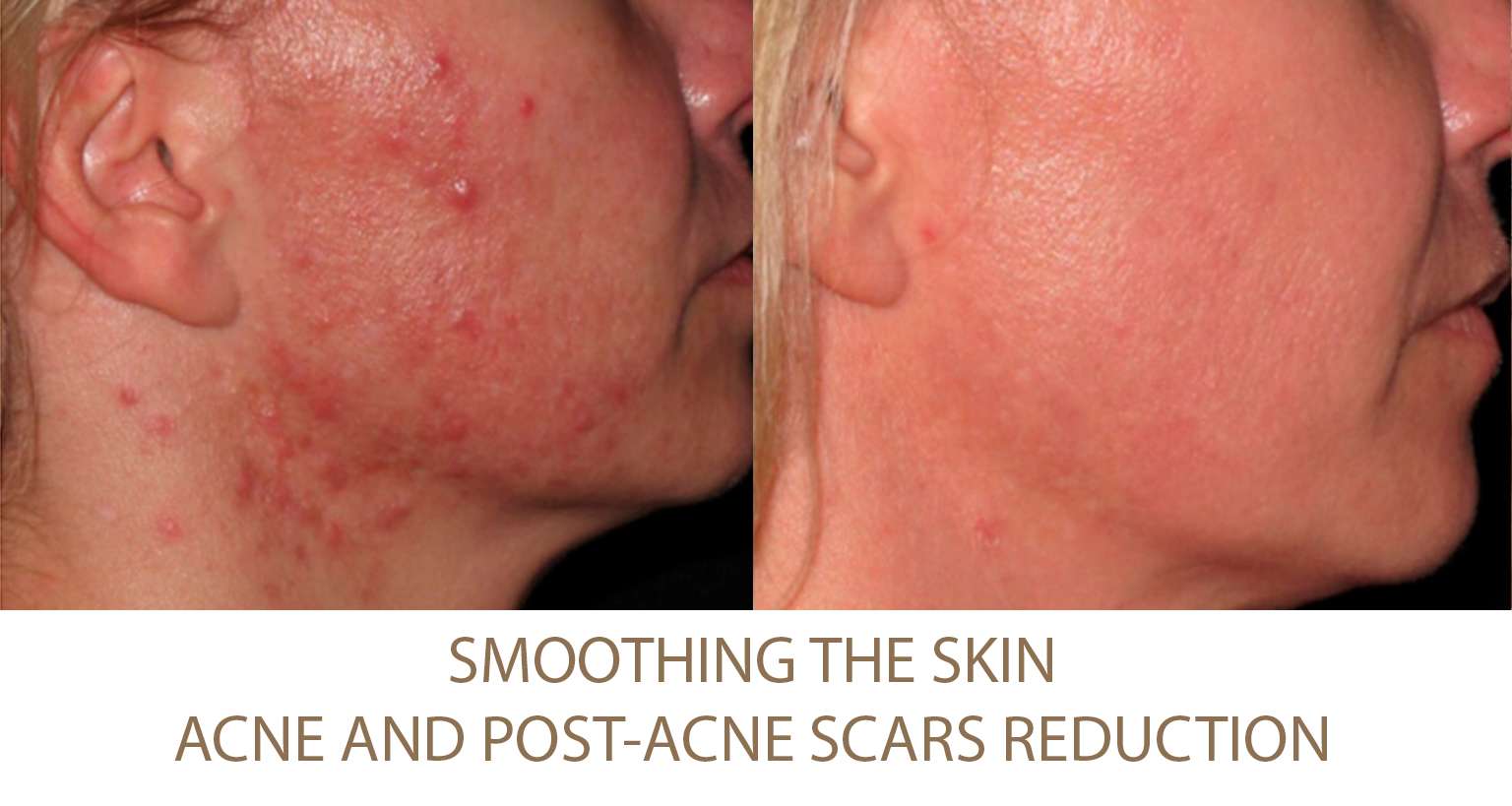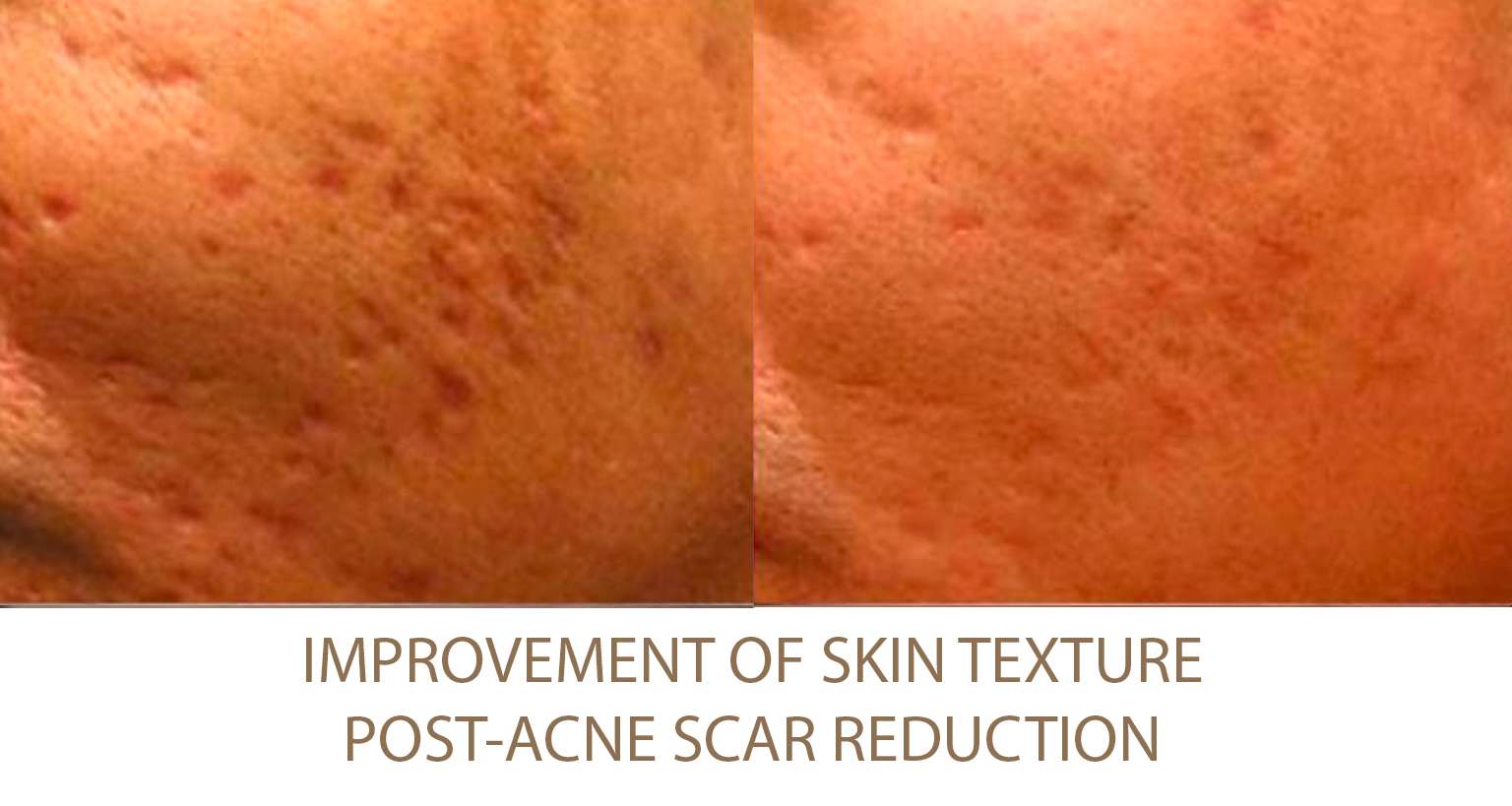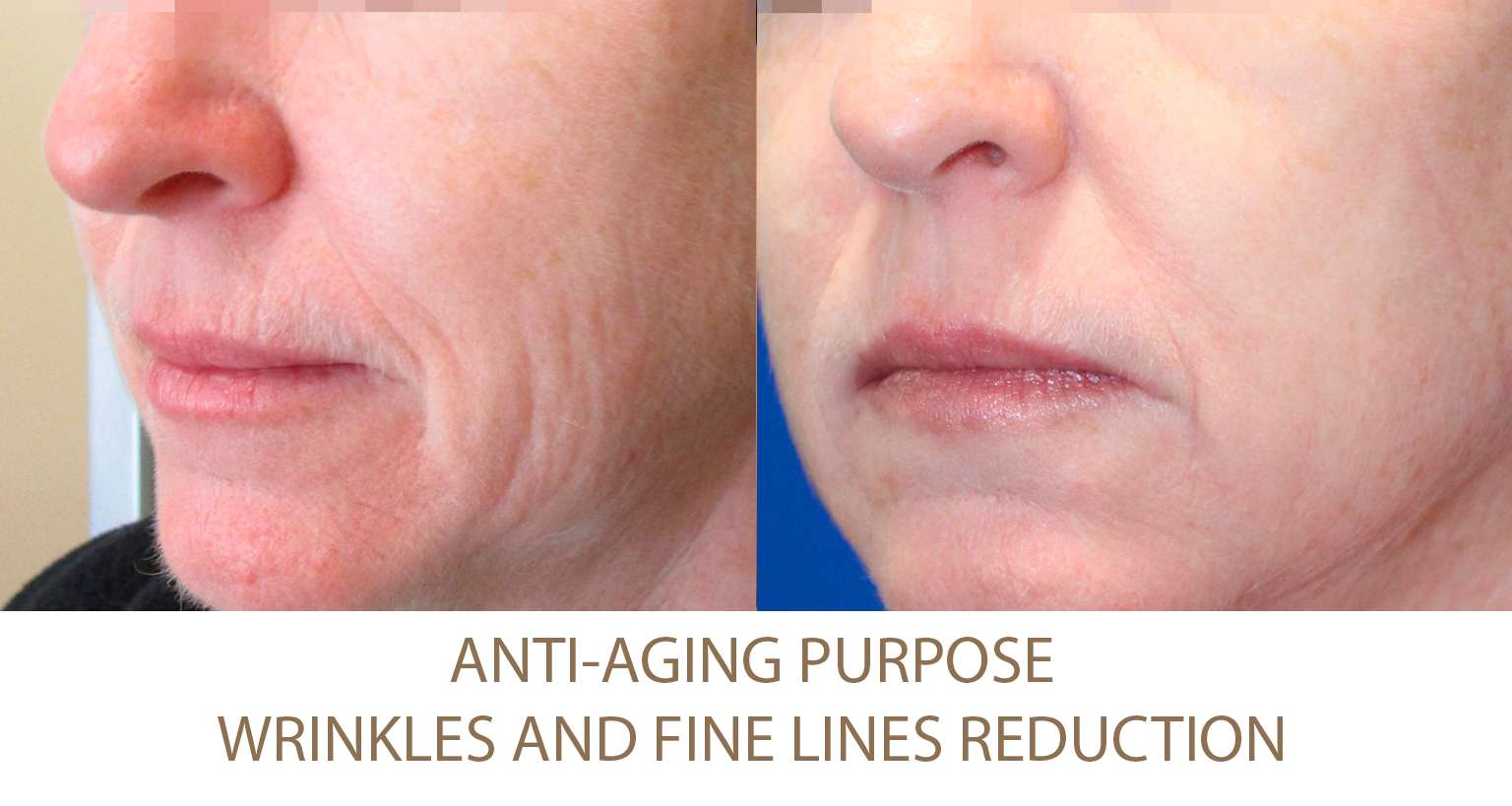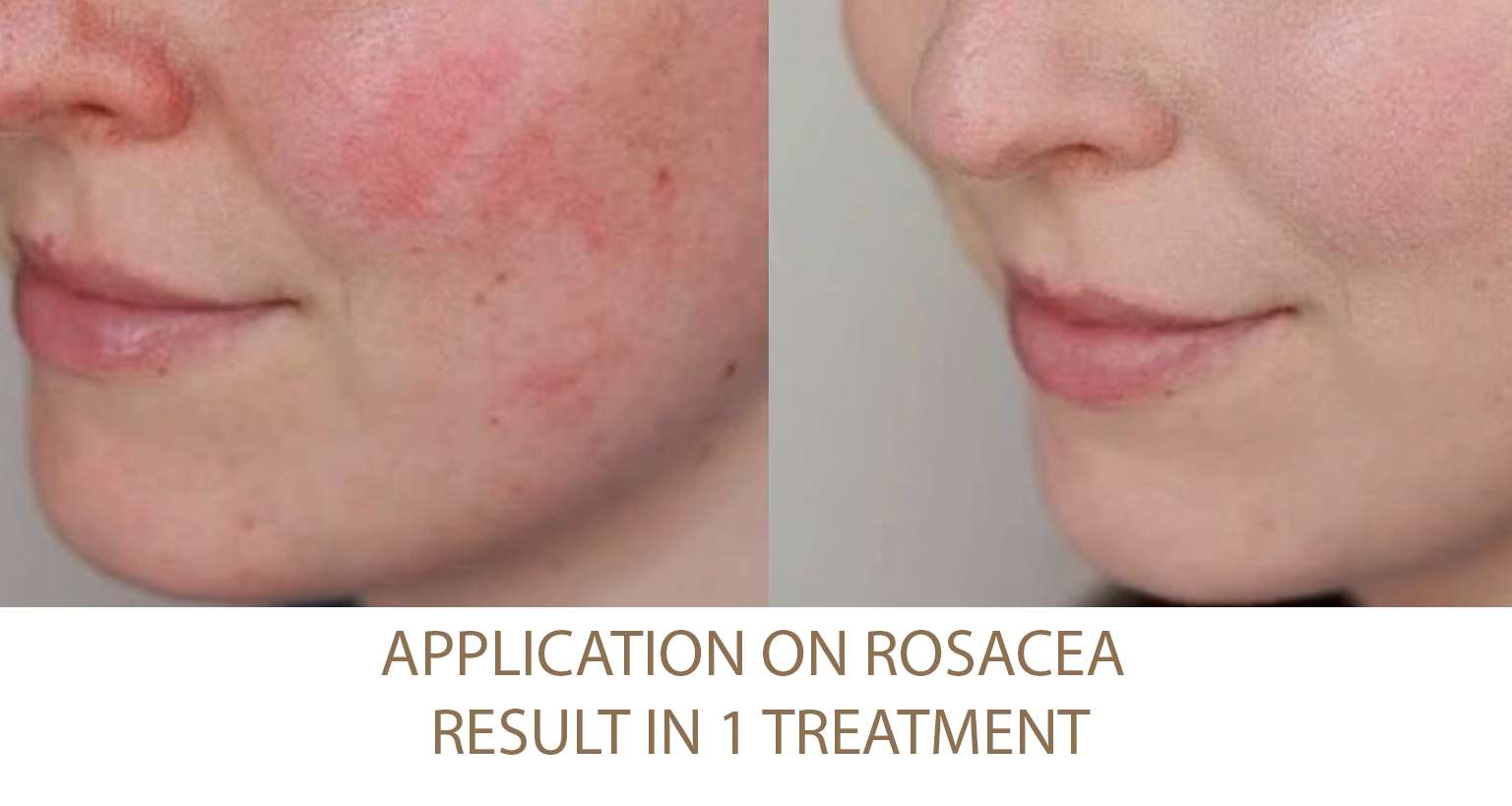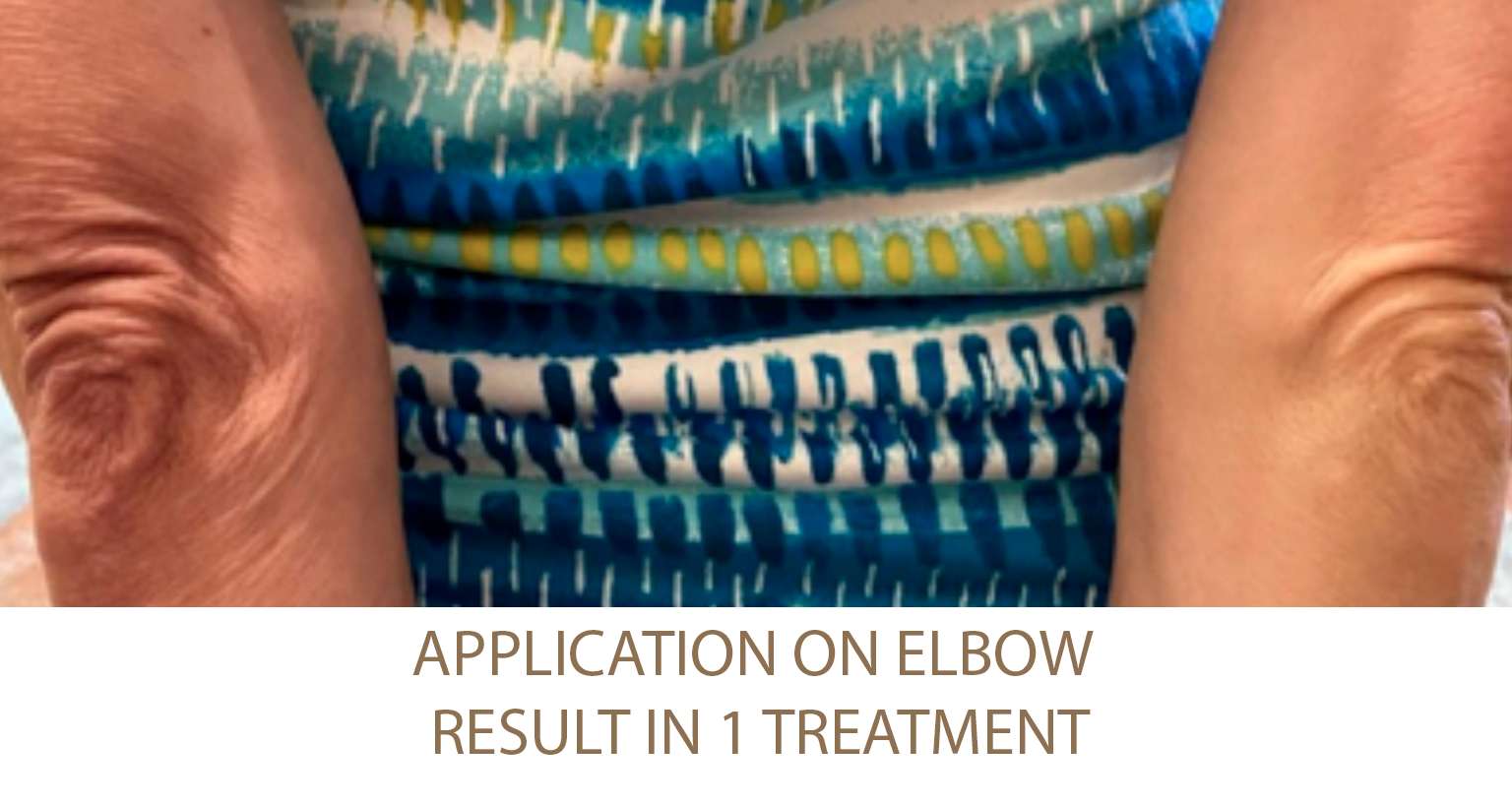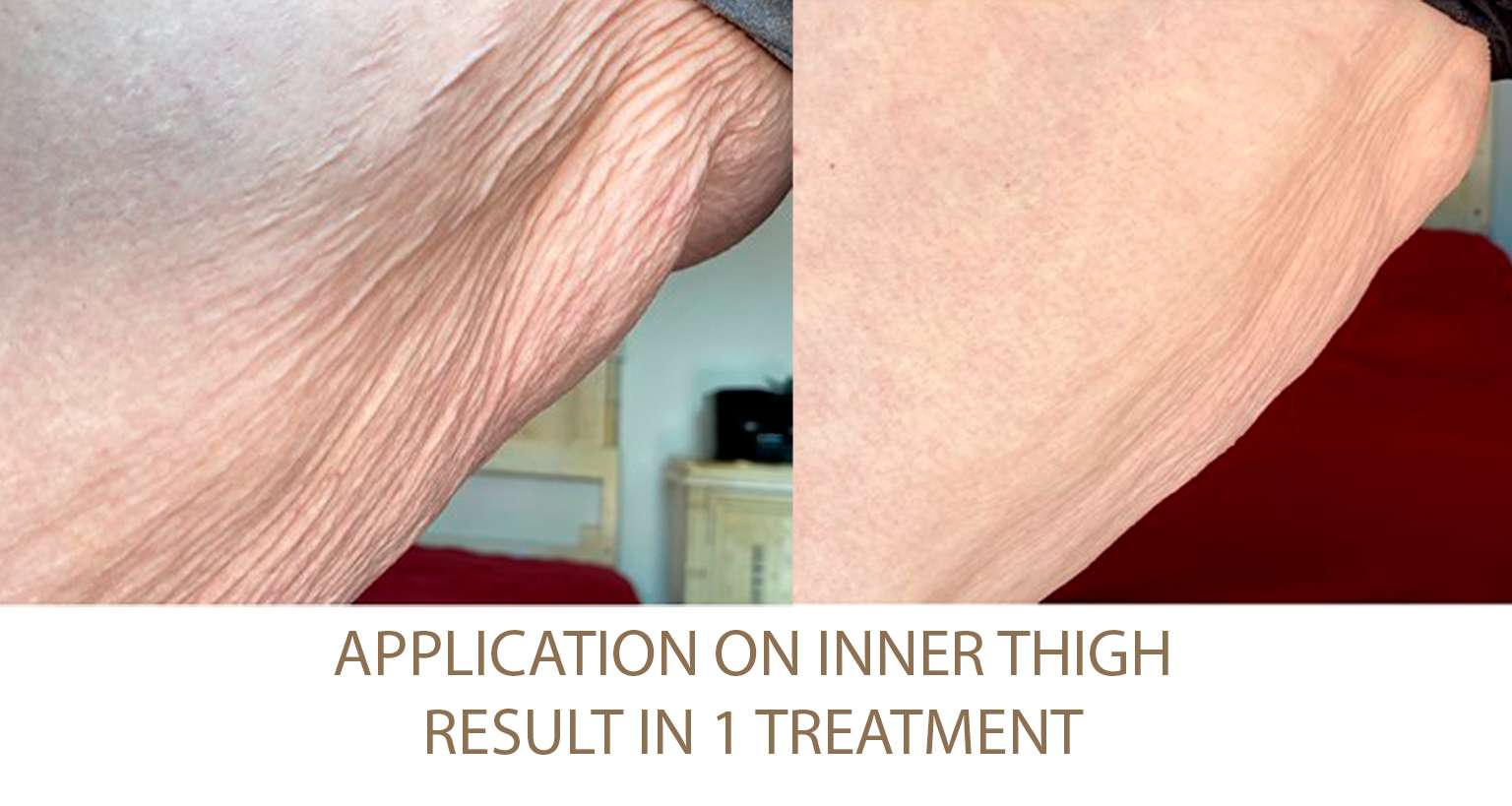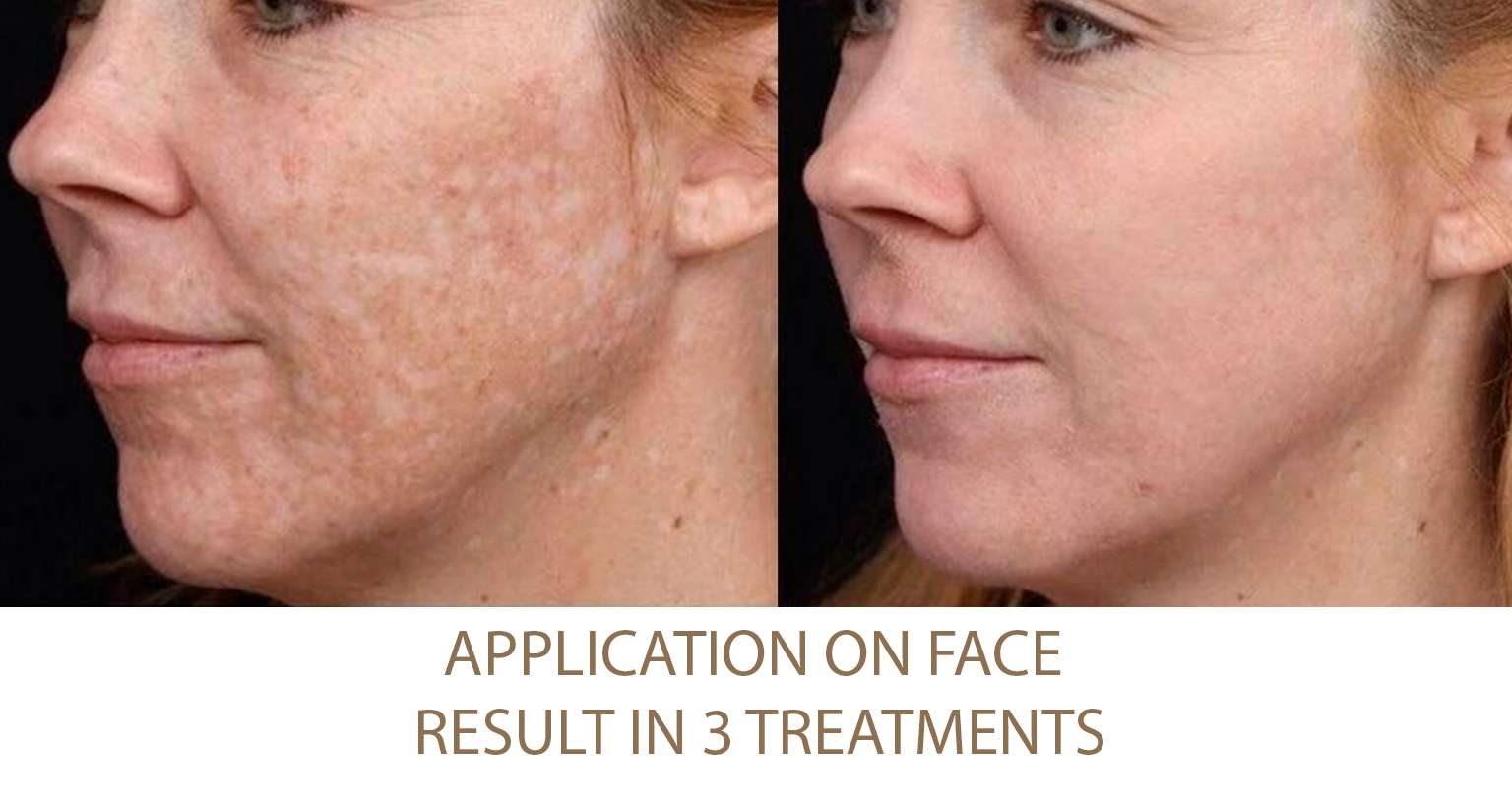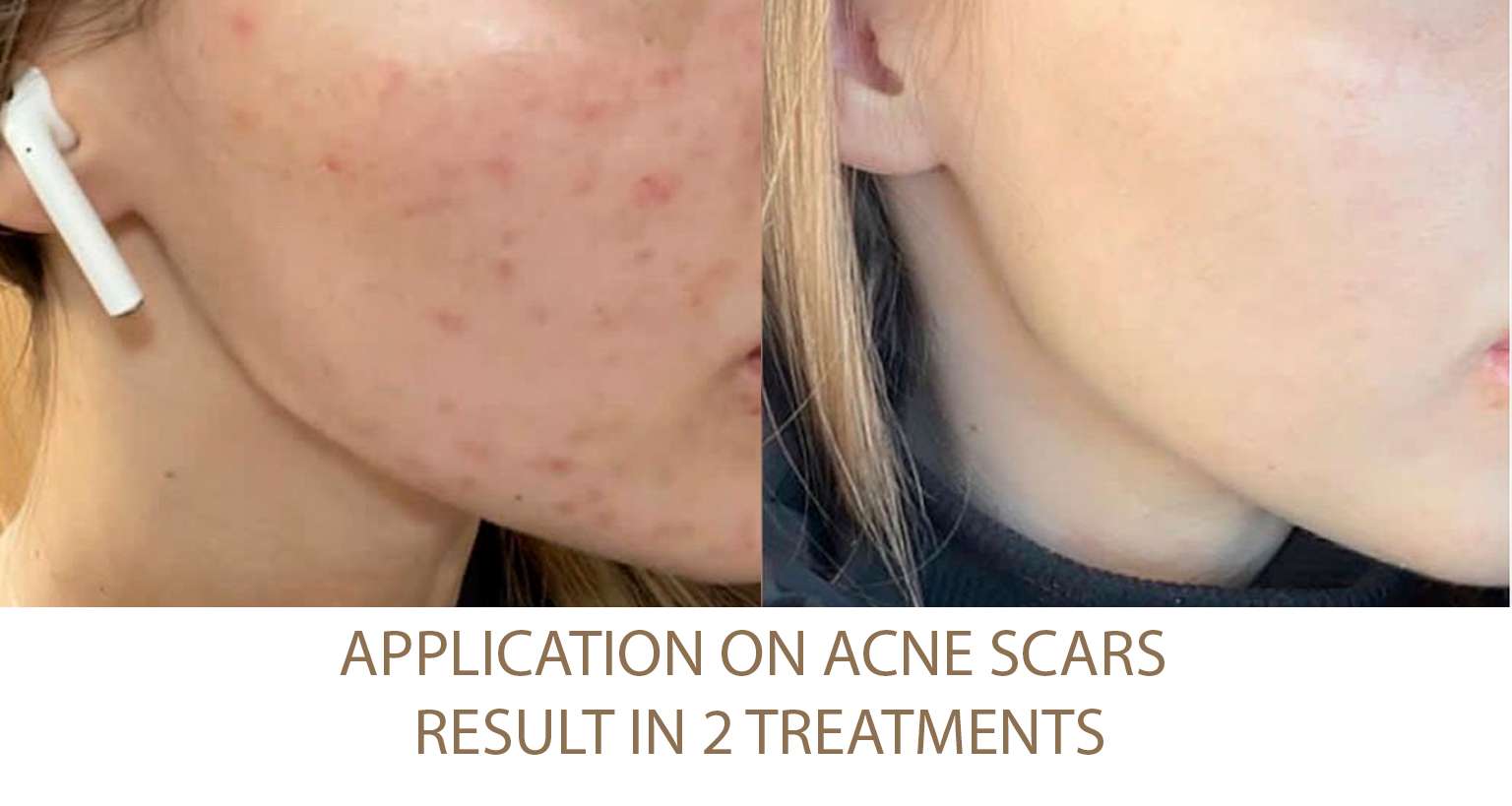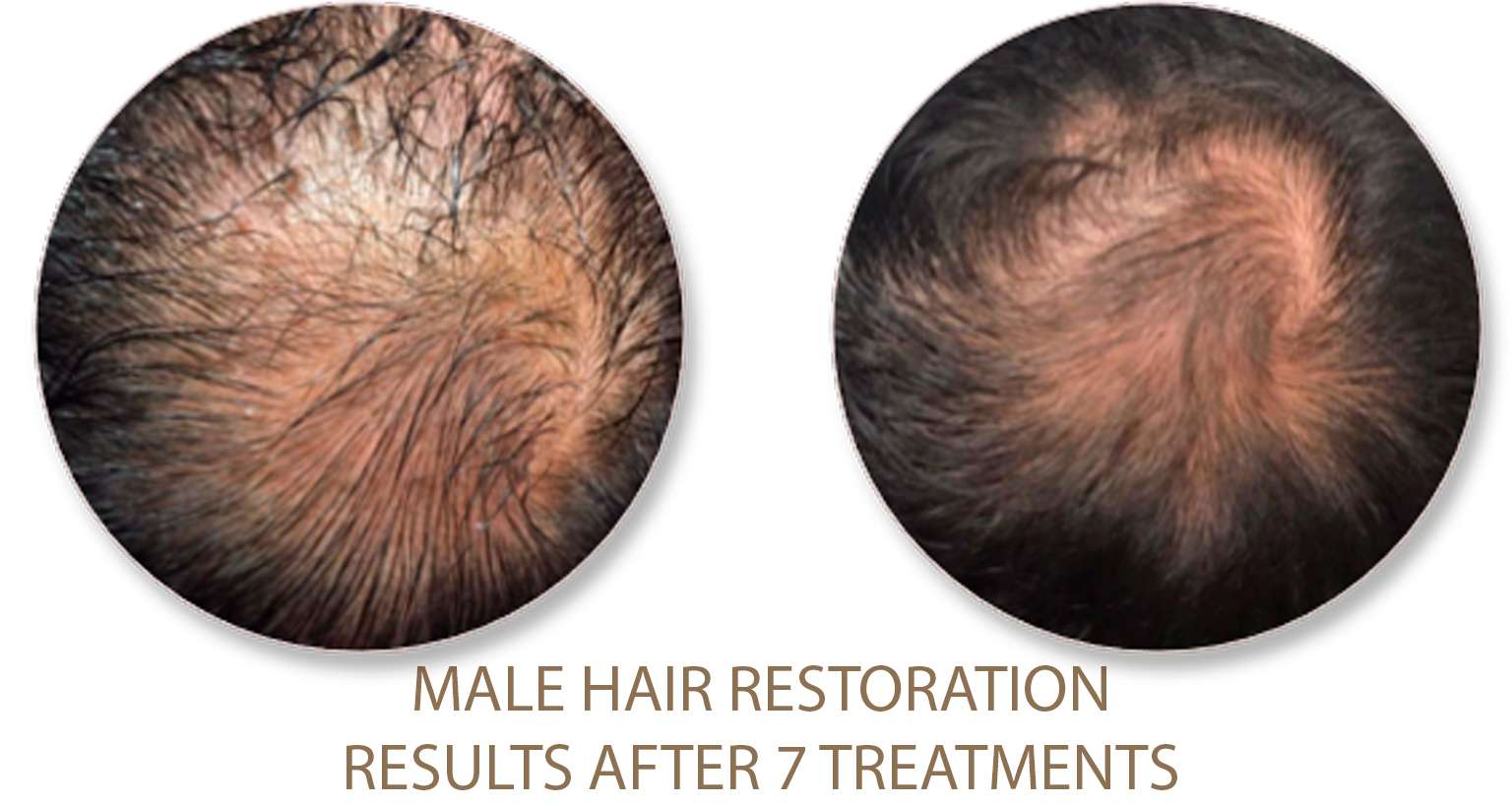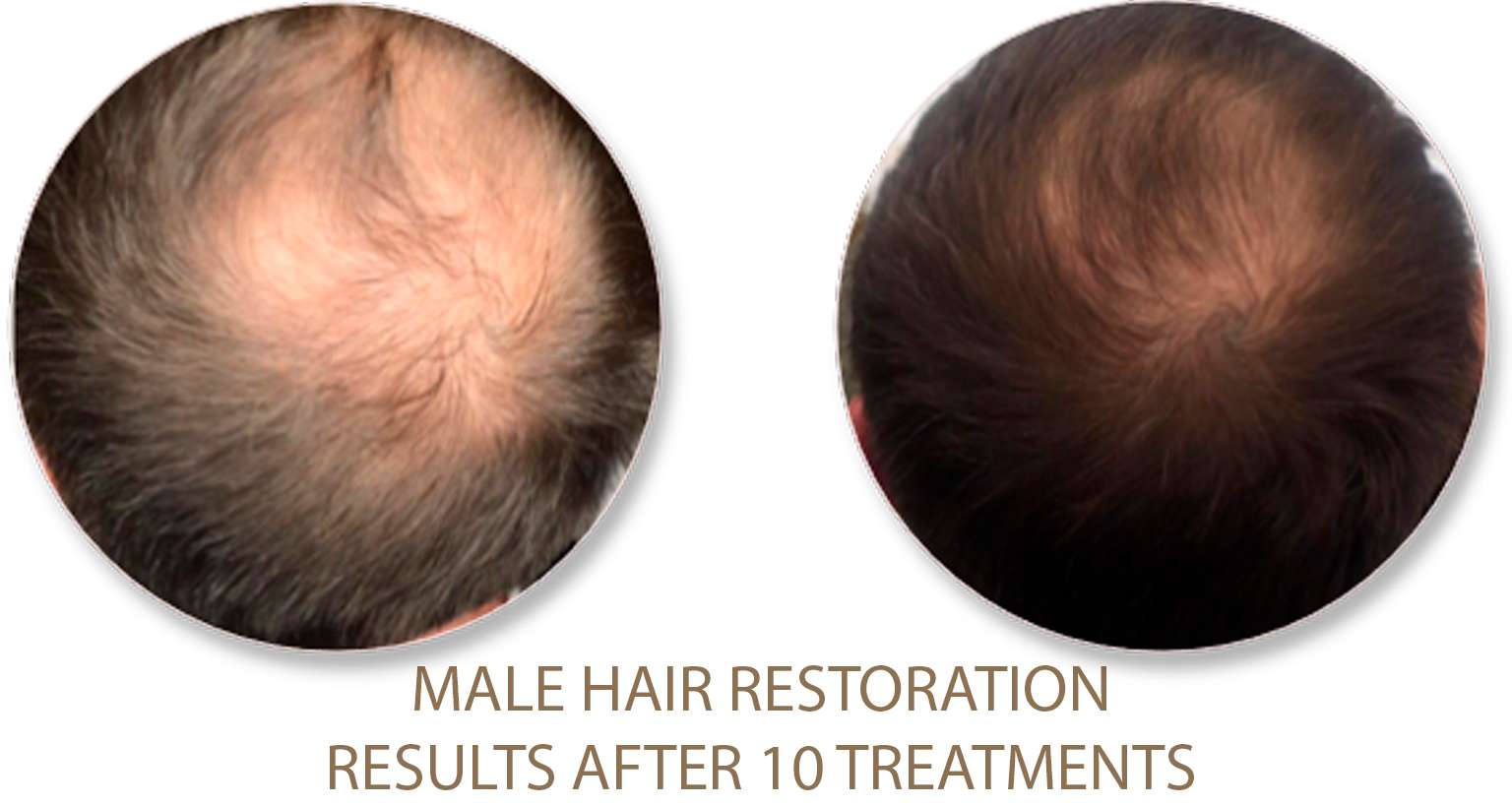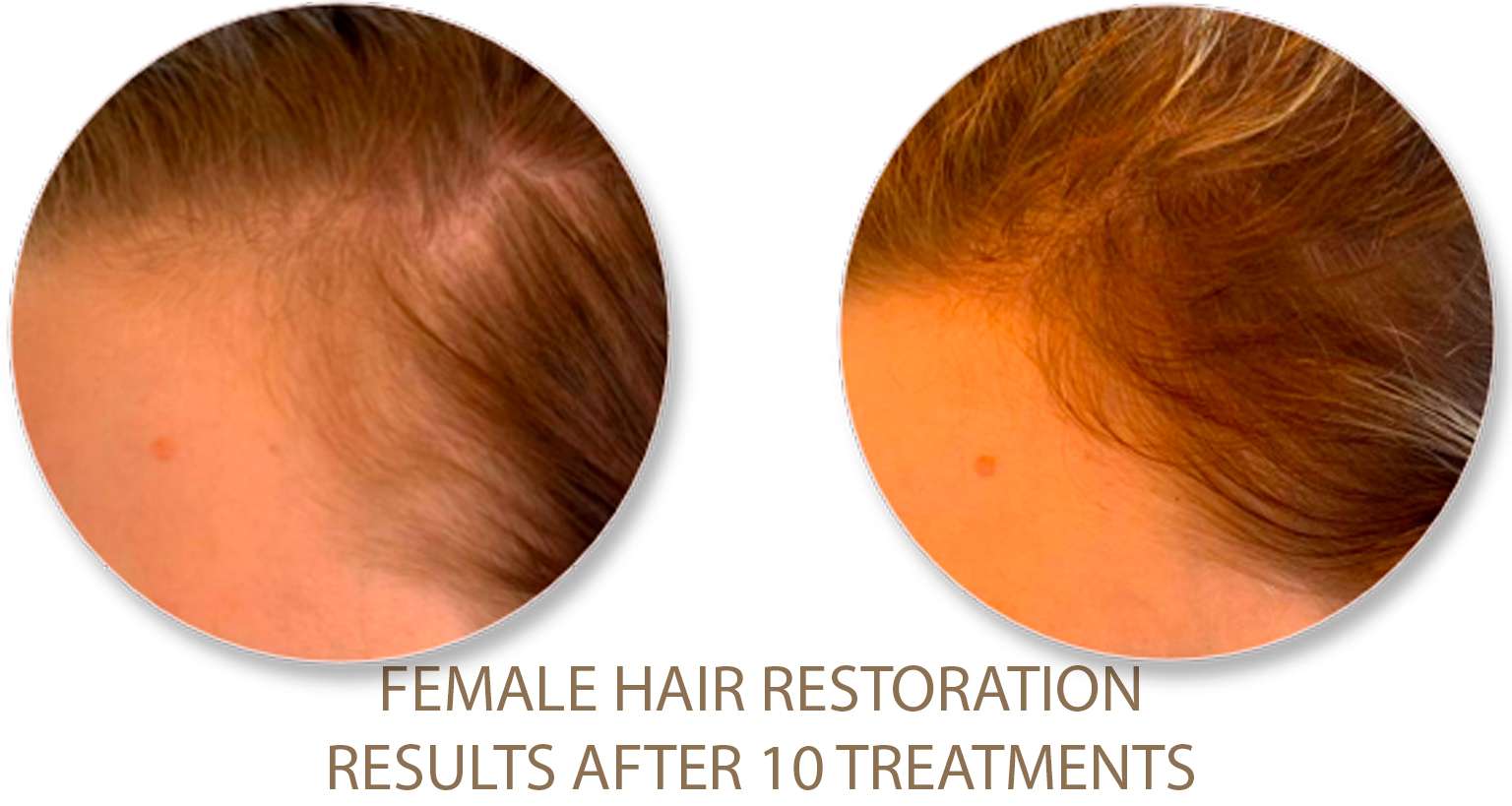What is Fractional RF
Fractional RF uses a combination of dermal stamping and radiofrequency. Dermal stamping is an organic way of rebuilding collagen and elastin. Radiofrequency uses low-level radio waves to cause a thermal reaction within the dermis. This heat metabolizes unhealthy cells and fibers, in-turn causing stimulation to produce healthy new cells. The result is added structure, reduced pore size, reduced acne scarring, and overall skin rejuvenation.
This dermal stamping causes tiny dot, or pixel-like damage to treated areas in the skin, leaving most of the surrounding skin intact. These tiny dermal injuries stimulate the skin’s healing process, leading to the production of new collagen and cell growth, which helps reduce the appearance of lines and wrinkles, scarring and acne.
The effectiveness of these treatments is dependent on your skin’s ability to make new collagen, which some skins do better than others. Optimal results are seen after a series of treatments.
Helps Treat:
Here's how fractional radiofrequency works:
Preparation: The skin is cleansed.
RF Energy Delivery: The fractional radiofrequency device emits controlled radiofrequency energy into the deeper layers of the skin. This energy heats the skin tissue, promoting collagen production and tissue remodeling.
Micro-injuries: The RF energy creates tiny, controlled thermal injuries in the skin, stimulating the body’s natural healing response.
Collagen Production: As the skin heals, it produces new collagen, which helps to tighten and rejuvenate the treated area.
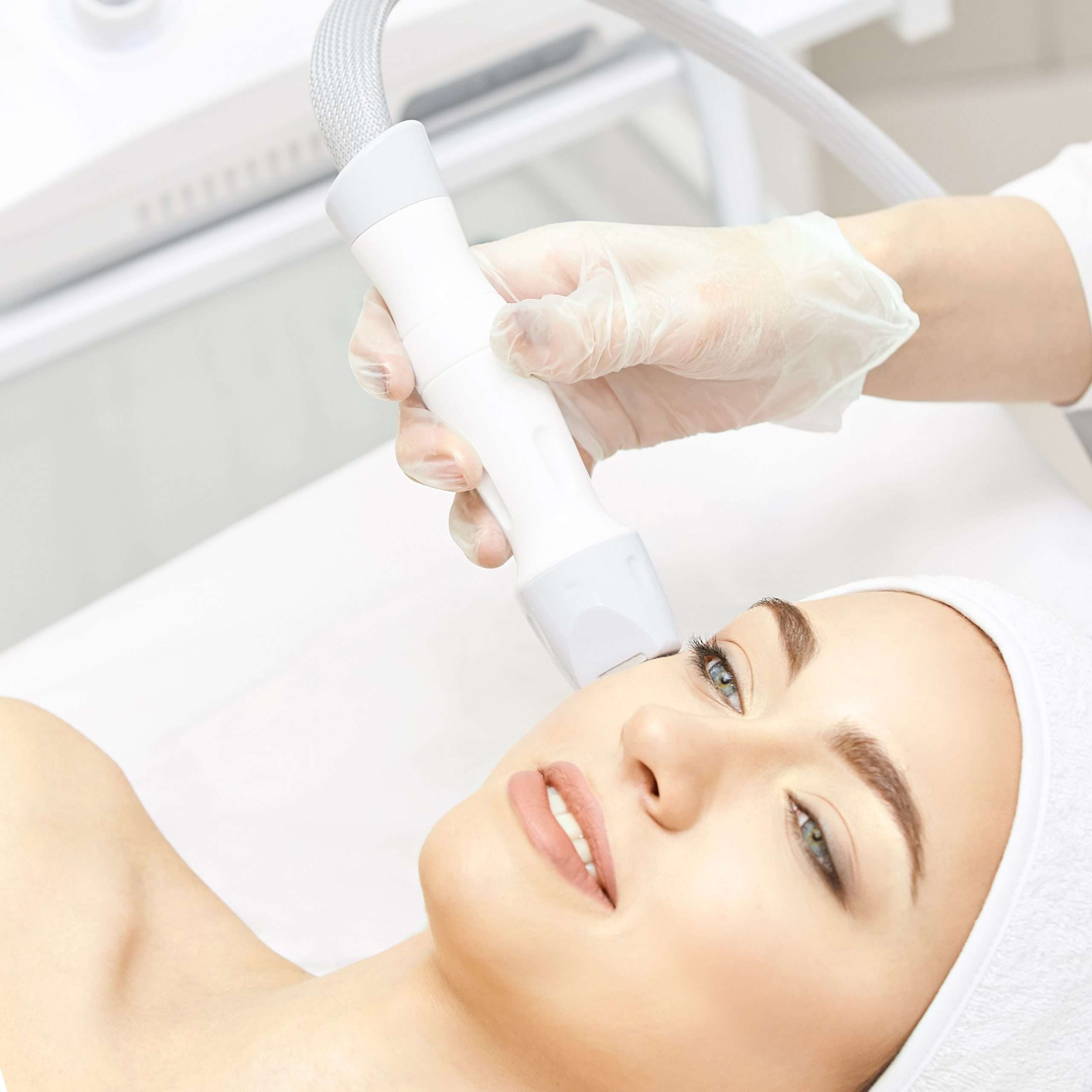
Advantages:
Fractional radiofrequency (RF) treatment offers several advantages for those seeking to improve their skin’s appearance:
- Non-surgical and minimally invasive
- Stimulates collagen production
- Safe for all skin tones and types
- Long-lasting results
- Pain and discomfort free
- Natural results
- No dowtine
- Suitable for multiple areas
Frequently Asking Questions:
After your fractional radiofrequency (RF) treatment, you can expect a series of post-treatment effects and changes in your skin as it goes through the healing process. Here’s what you might experience and what you should do to ensure the best results:
Redness: It’s common to experience mild to moderate redness in the treated areas immediately after the procedure. This is a normal reaction to the thermal energy delivered during the treatment. The intensity and duration of redness and swelling vary from person to person but typically subside within a few hours.
Heat Sensation: You may feel a mild heat sensation in the treated areas immediately after the procedure, which should resolve relatively quickly.
Mild Discomfort or Sensitivity: Some individuals may experience mild discomfort or sensitivity in the treated areas. However, the discomfort is tolerable and short-lived.
Peeling and Flaking: As your skin heals, you might notice some minor peeling or flaking in the treated areas. This is a natural part of the skin’s exfoliation process as it regenerates.
Avoid Sun Exposure: It’s crucial to protect your skin from sun exposure during the healing period. Use sunscreen with high SPF and avoid direct sunlight for a few days.
Avoid Certain Skincare Products: Retinols, retinoids.
Immediate Results and Long-Term Improvements: You may notice some immediate improvements in your skin’s texture and appearance after the initial redness subside. However, the full benefits of fractional RF, especially increased collagen production and skin tightening, will become more noticeable over time as your skin continues to heal and regenerate.
Multiple Sessions: While some improvement may be seen after a single session, fractional RF treatments are often performed in a series of sessions to achieve the best and most long-lasting results.
Resume Daily Activities: Most individuals can resume their regular daily activities shortly after the treatment, as the downtime is typically minimal compared to more invasive procedures.
Remember that individual responses to fractional RF treatment may vary.
Aftercare refers to the post-treatment care and precautions that individuals should follow following a cosmetic procedure or medical treatment, such as fractional radiofrequency (RF). The purpose of aftercare is to promote proper healing, minimize potential side effects, and enhance the overall results of the treatment.
Here are some common aftercare instructions typically recommended after fractional RF and similar skin treatments:
Keep the Treated Area Clean: Gently cleanse the treated area with a mild, non-abrasive cleanser to keep it clean and free from infection. Avoid using harsh scrubs or exfoliants for a few days after the procedure.
Avoid Sun Exposure: Protect your skin from direct sunlight and ultraviolet (UV) rays. Wear a wide-brimmed hat and use a broad-spectrum sunscreen with a high SPF (at least SPF 30) whenever you go outside. Avoid sunbathing and tanning beds during the healing period.
Moisturize: Use a gentle, non-irritating moisturizer to keep the skin hydrated and soothe any dryness or flaking.
Avoid Hot Showers and Baths: Refrain from hot showers, baths, saunas, or steam rooms for a few days after the treatment to avoid excess heat exposure to the treated area.
Avoid Strenuous Activities: It’s generally advisable to avoid strenuous physical activities and exercise for a couple of days after the procedure to minimize sweating and potential irritation.
Do Not Pick or Peel: Resist the urge to pick, peel, or scratch at the treated area, as this can disrupt the healing process and increase the risk of complications.
Stay Hydrated: Drink plenty of water to support your body’s natural healing processes and keep your skin hydrated from within.
Proper aftercare can play a crucial role in achieving optimal results and minimizing any potential risks or complications.
Some common contraindications for fractional RF and similar skin treatments include:
Pregnancy: Pregnant women should not undergo fractional RF or similar cosmetic procedures as a precautionary measure.
Breastfeeding: Women who are breastfeeding should avoid fractional RF to ensure the safety of the baby.
Skin Infections or Open Wounds: Active skin infections, such as herpes outbreaks or bacterial infections, in the treatment area may increase the risk of spreading the infection or interfering with the healing process.
Sunburn or Recent Sun Exposure: Having a recent sunburn or significant sun exposure can make the skin more sensitive and prone to complications during the treatment.
Skin Disorders: Individuals with a history of keloids, abnormal scarring, or skin conditions like eczema or psoriasis in the treatment area may not be suitable candidates.
Recent Cosmetic Procedures: It’s generally recommended to avoid fractional RF if you have recently undergone other cosmetic procedures in the same area, as this can interfere with the healing process.
Use of Certain Medications: Some medications can increase skin sensitivity or interfere with the healing process. It’s essential to disclose all current medications and supplements to your provider before undergoing fractional RF.
Implanted Devices or Metal Implants: Certain implanted devices or metal implants in the treatment area may be a contraindication due to potential interference with the RF energy or safety concerns.
History of Cancer or Radiation Therapy: Individuals with a history of skin cancer or who have undergone recent radiation therapy may not be suitable candidates for fractional RF.
Autoimmune Disorders: Patients with certain autoimmune disorders may not be suitable candidates for fractional RF due to potential healing complications.
Blood Disorders or Bleeding Disorders: Conditions that affect blood clotting or increase the risk of bleeding may be contraindications.
Immunosuppression: Individuals with weakened immune systems may be at higher risk of infection or complications after the treatment.
Testimonials
What Our Clients Say:












